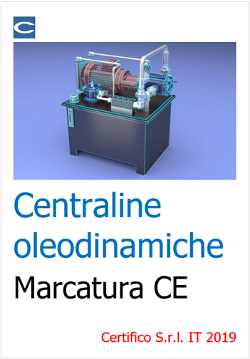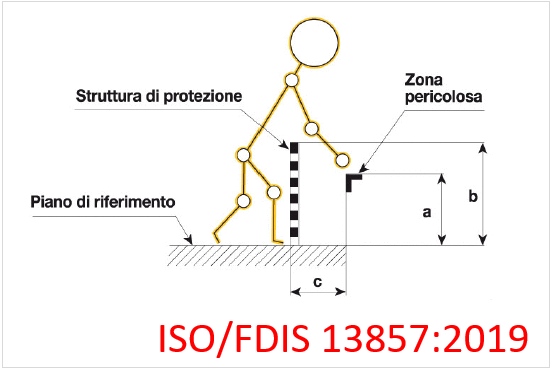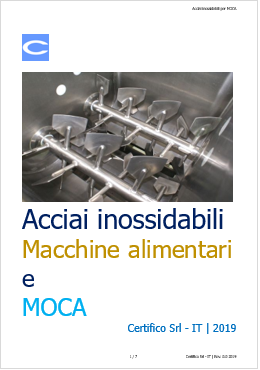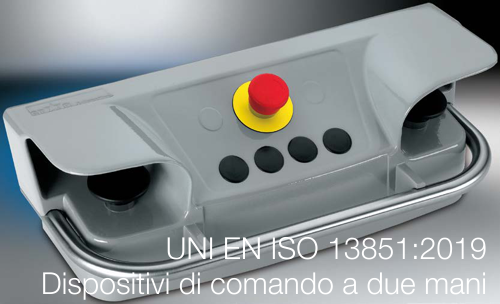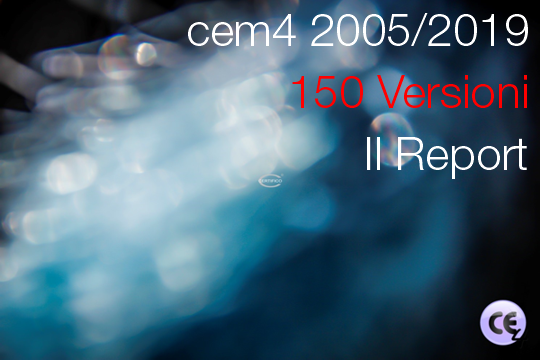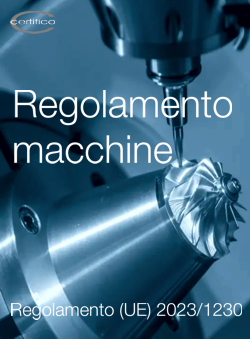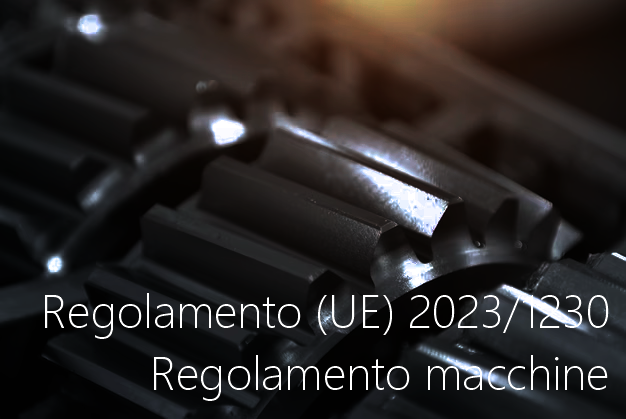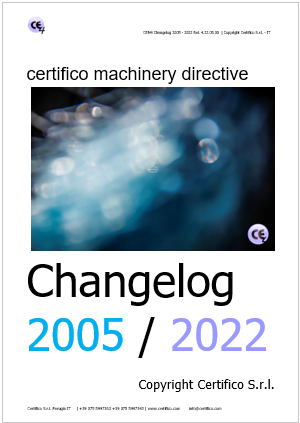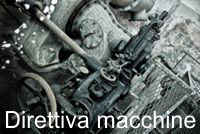Pubblicato in News
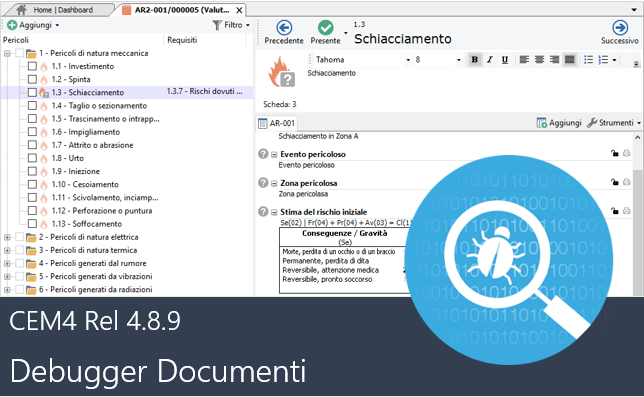
CEM4: Debugger Documenti - Rel. 4.8.9 Ottobre 2017
Dalla versione Rel. 4.8.9 del 12 Ottobre 2017, è stata aggiunta la funzionalità "Debugger Documenti".
Con il Debugger Documenti, il software CEM4 effettua un controllo "logico" e/o numerico sui campi dei Documenti, in particolare, al momento, sulle schede di Valutazione ed Analisi dei Rischi, segnalando determinate "incongruenze logiche e/o numeriche" afferenti specifici campi dei Report ed ottenendo, in questo modo, dei "Report Debugger"(1).
Leggi tutto
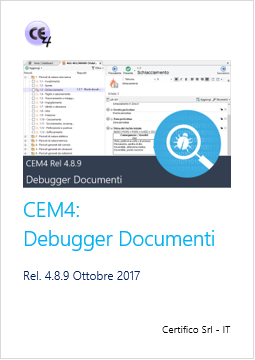
Download Dooc. CEM4 Debugger Rev. 00 2017
Leggi tutto
- Pubblicato: 12 Settembre 2019
- Visite: 13365
Pubblicato in News
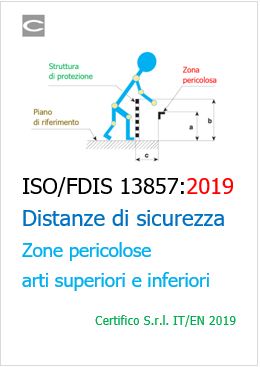
Focus ISO/FDIS 13857:2019 Zone pericolose/Distanze sicurezza
In aggiornamento (basato su FDIS)
Il presente Documento è un estratto della norma ISO/FDIS 13857:2019 Safety of machinery - Safety distances to prevent hazard zones being reached by upper and lower limbs (Revision of ISO 13857:2008).
Disponibile estratto norma EN e traduzione IT non ufficiale.
In pubblicazione la ISO 13857:2019 (alla data FDIS), "Sicurezza del macchinario - Distanze di sicurezza per impedire il raggiungimento di zone pericolose con gli arti superiori e inferiori", una delle norme di tipo B armonizzate per la Direttiva macchine 2006/42/CE.
Download Estratto
- Pubblicato: 19 Agosto 2019
- Visite: 13900
Pubblicato in News
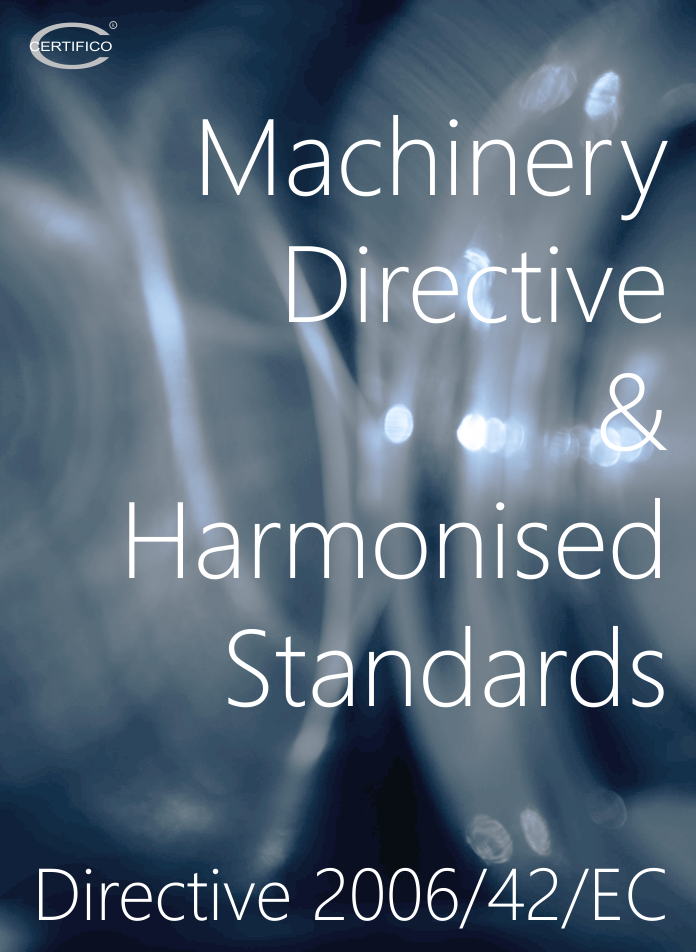
Machinery Directive & Harmonised Standards
Ed. 5.0 August 2019
Directive 2006/42/EC (*) of the European Parliament and of the Council of 17 May 2006 on machinery, and amending Directive 95/16/EC (recast) with last communication references of harmonized standards (**) which have been generated by the HAS (Harmonised Standards) database. Directive 2006/42/EC is a revised version of the Machinery Directive, the first version of which was adopted in 1989.
The Directive has the dual aim of harmonising the health and safety requirements applicable to machinery on the basis of a high level of protection of health and safety, while ensuring the free circulation of machinery on the EU market.
The machinery sector is an important part of the engineering industry and is one of the industrial mainstays of the Community economy. Machinery can be described as "an assembly, fitted with or intended to be fitted with a drive system other than directly applied human or animal effort, consisting of linked parts or components, at least one of which moves, and which are joined together for a specific application".
European Commission Enterprice and Industry
(*) Amendment: Directive 2009/127/EC of the European Parliament and of the Council of 21 October 2009 amending Directive 2006/42/EC with regard to machinery for pesticide application.
(**) Harmonised standards 19.03.2019
Since 1 December 2018 the references of harmonised standards are published in, and withdrawn from the Official Journal of the European Union by means of 'Commission implementing decisions'.
The references published under Directive 2006/42/EC on Machinery are found in the Commission communication published in OJ C 092 of 9 March 2018 and in the Commission Implementing Decision (EU) 2019/436 of 18 March 2019 (OJ L 75, 19 March 2019) listed below. They need to be read together, taking into account that the decision modifies some references published in the Communication.
- Commission Implementing Decision (EU) 2019/436 of 18 March 2019 on the harmonised standards for machinery drafted in support of Directive 2006/42/EC of the European Parliament and of the Council C/2019/1932 - OJ L 75, 19 March 2019, p. 108–119
- Commission communication in the framework of the implementation of the Directive 2006/42/EC of the European Parliament and of the Council of 17 May 2006 on machinery, and amending Directive 95/16/EC (recast) - OJ C 092 of 9 March 2018
_______
Ed: 5.0
Date: August 2019
Operating Systems: iOS/Android
Publication Date: 05/08/2019
Author: Dr. Eng. Marco Maccarelli
Publisher: Certifico s.r.l.
Download PDF
Download Apple iOS
Download Google Android
- Pubblicato: 05 Agosto 2019
- Visite: 14220
Pubblicato in News
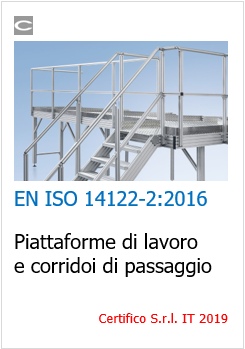
Piattaforme di lavoro e corridoi di passaggio: EN ISO 14122-2
La norma tratta dei requisiti di progettazione per le piattaforme di lavoro e corridoi di passaggio non motorizzati che fanno parte di una macchina fissa, per le parti regolabili non motorizzate e per le parti mobili dei mezzi di accesso fissi.
La norma è di tipo B come indicato nella EN ISO 12100:2010 ed è armonizzata per la Direttiva 2006/42/CE Macchine.
La norma si applica anche quando gli stessi mezzi di accesso sono richiesti come parte dell’edificio o della costruzione civile (per esempio piattaforme di lavoro, corridoi di passaggio) in cui è installata la macchina, a condizione che la funzione principale di tale parte della costruzione sia di fornire i mezzi di accesso alla macchina.
La norma precisa anche che, dove non esistano regolamentazioni locali o norme, può essere utilizzata per i mezzi di accesso che non rientrano nello scopo e campo di applicazione della norma stessa.
La norma non è applicabile a mezzi di accesso motorizzati, come per esempio ascensori, scale mobili o altri dispositivi appositamente progettati per trasportare persone tra due livelli.
Data entrata in vigore: 29 settembre 2016
Sostituisce: UNI EN ISO 14122-2:2010
I mezzi di accesso permanenti al macchinario, devono essere progettati dal Fabbricante di una macchina in modo tale da prevenire i rischi derivanti dal loro utilizzo da parte degli operatori (scivolamento, inciampo, caduta dall’alto, ecc…). L’analisi dei rischi derivanti dall’uso delle scale permette la conformità al RESS (Requisito Essenziale di Sicurezza e Salute) 1.5.15 “Rischio di scivolamento, inciampo o caduta”, Allegato I, Direttiva 2006/42/CE Macchine.
1.5.15 Rischio di scivolamento, inciampo o caduta
Le parti della macchina sulle quali è previsto lo spostamento o lo stazionamento delle persone devono essere progettate e costruite in modo da evitare che esse scivolino, inciampino o cadano su tali parti o fuori di esse.
Se opportuno, dette parti devono essere dotate di mezzi di presa fissi rispetto all’utilizzatore che gli consentano di mantenere la stabilità.
Maggiori info
- Pubblicato: 02 Agosto 2019
- Visite: 10548
Pubblicato in News
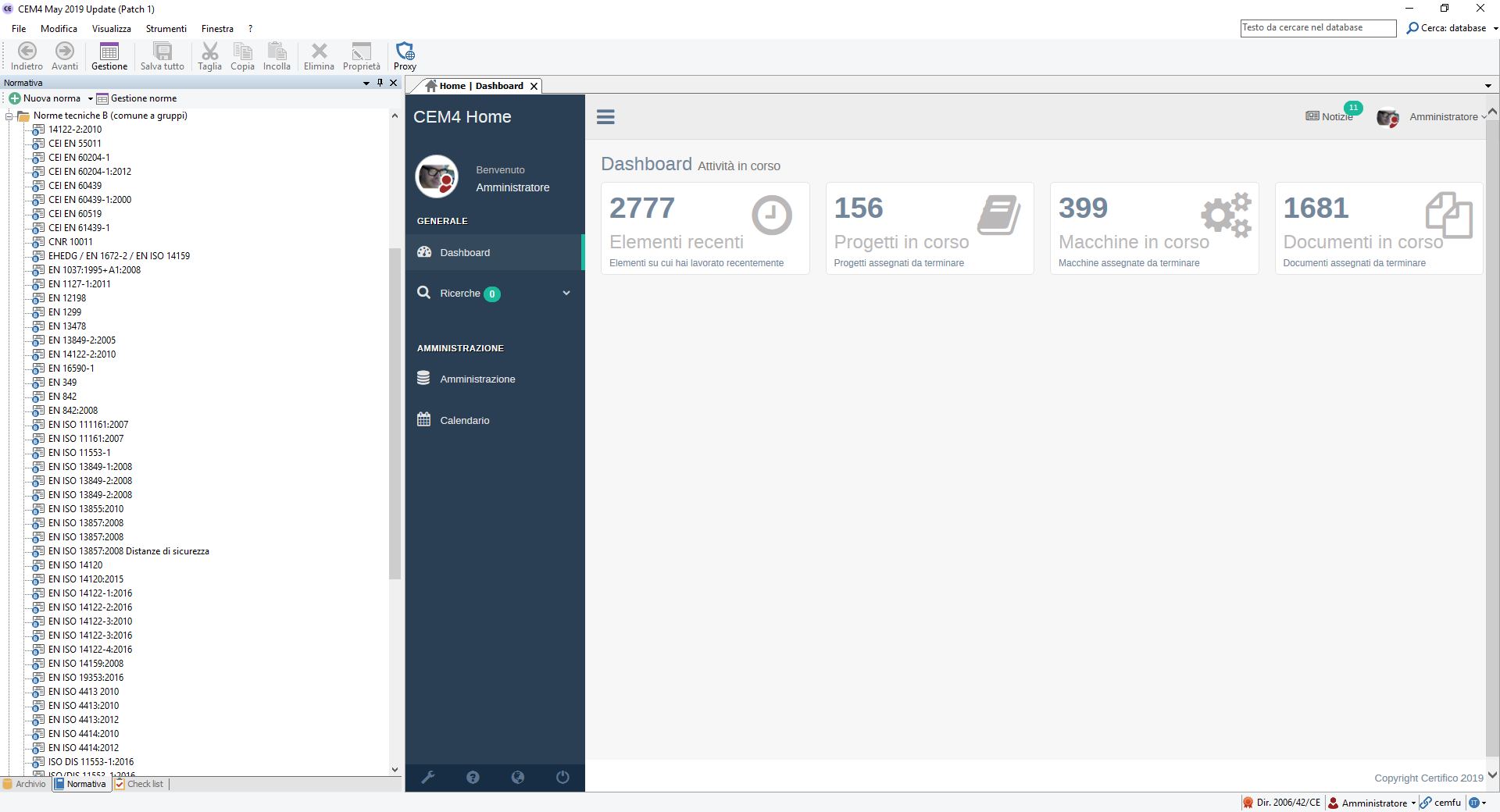
cem4 | Certifico Macchine 4
L'evoluzione normativa è sotto controllo.
Vedi
- Pubblicato: 26 Giugno 2019
- Visite: 13379











